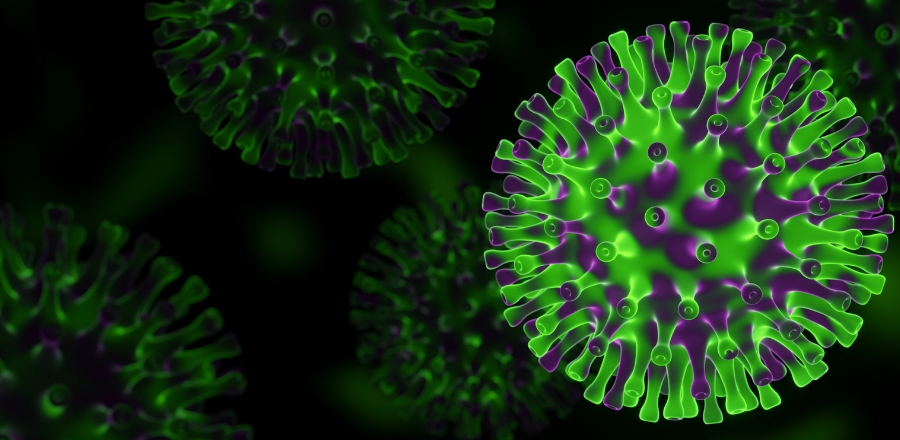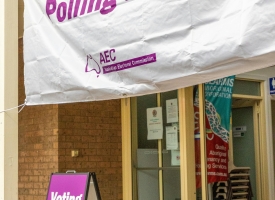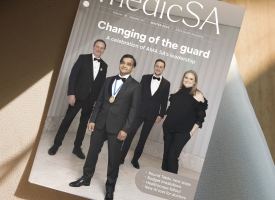New definition of 'close contact' appears to put politics over health
The AMA is very concerned National Cabinet has decided to adopt a new definition of “close contact” in the current phase of the COVID-19 pandemic.

The decision appears to ignore the pattern of transmission of the Omicron variant which spreads more easily than any other variant.
AMA President Dr Omar Khorshid said narrowing the definition to household contacts will lock in very high transmission rates and accelerate the outbreak of Omicron.
“We will miss so many more cases with this new, more narrow definition of a close contact.
“Anyone catching Omicron in a restaurant or pub for example and who are asymptomatic won’t know they’re infected and could pass the virus on to more vulnerable people.
“The change will help to preserve testing capacity and should limit the number of furloughed health workers, but it will come at the cost of accelerating the outbreak.
“It seems National Cabinet is prepared to bet that a massive Omicron outbreak won’t cause large numbers of hospitalisations. Whilst initial data is encouraging, we expect hospitalisations to rise in coming weeks simply due to the very large number of cases, which will be far larger than the positive tests indicate, due to today’s decision,” Dr Khorshid said.
The AMA called for the release of the Australian Health Protection Principal Committee’s (AHPPC) advice and modelling that supports the National Cabinet decision.
“Without the release of AHPPC’s advice, it is very difficult for us to share the Prime Minister’s confidence that this move will assist in keeping Australians safe and healthy.”
The AMA said good isolation practices after exposure to Omicron remain critical in efforts to slow the circulation of Omicron in the community.
“Reducing the period of isolation for those infected and for close contacts to seven days followed by a Rapid Antigen Test (RAT) on day six ahead of a return to work is a logical move.
“Governments should focus on the supply and distribution of RATs with clear instructions on their use, when they are required and what to do with positive and negative results.
“However, the use of RATs for asymptomatic close contacts rather than PCR tests is questionable and PCRs should continue to be used if possible, given their superior accuracy for asymptomatic cases,” Dr Khorshid said.



